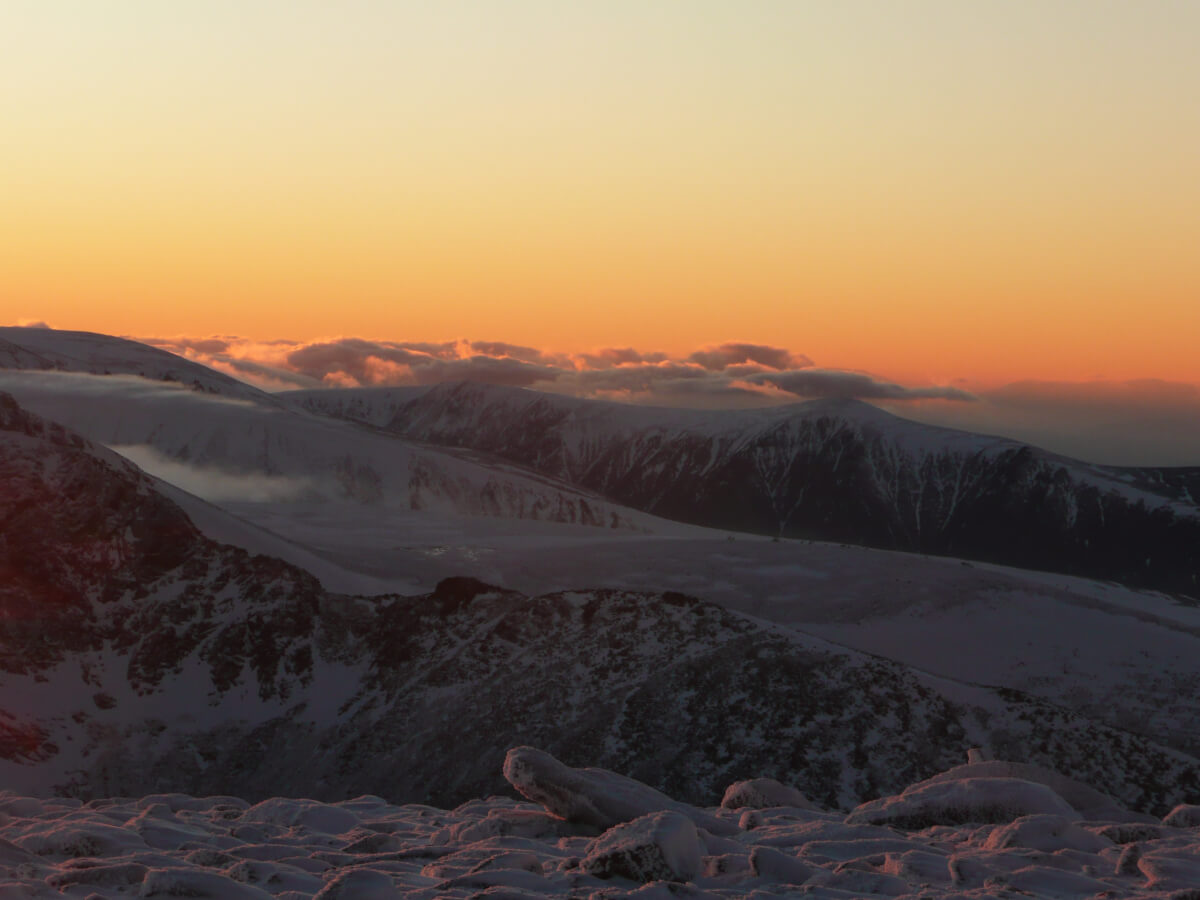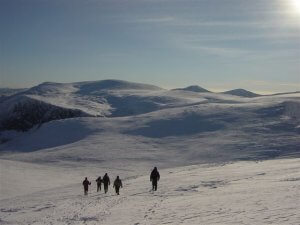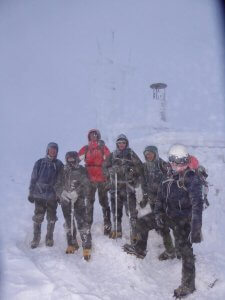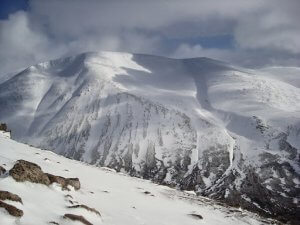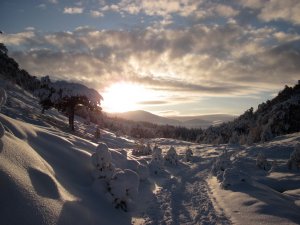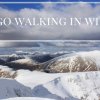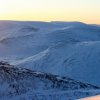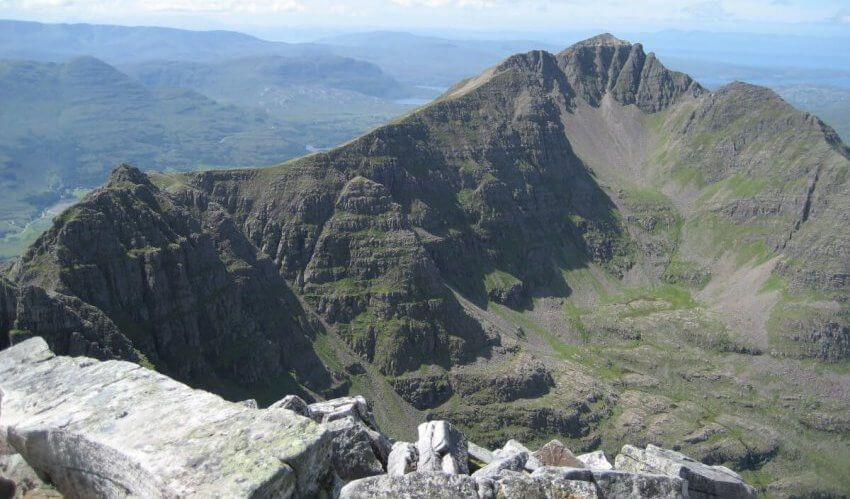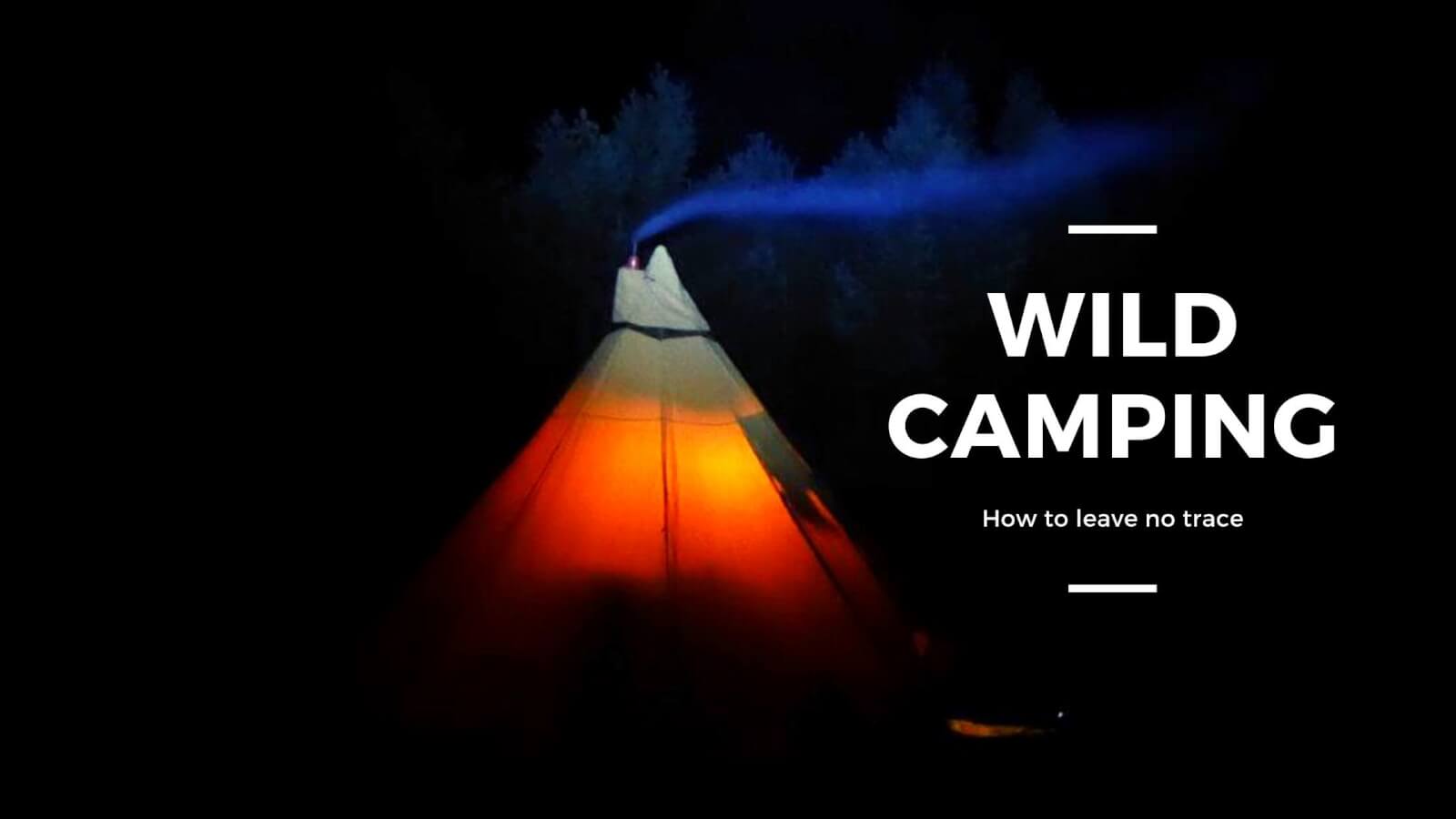Walking in winter
Walking comes in many different guises from dog walking to marathon walking. Perhaps then there’s a reason why “hiking” is becoming much more common usage for wild walking, long-distance and mountain walking. Hiking in summer and walking in winter can almost be classed as 2 different sports.
You might be a keen walker. Alternatively you might have started to develop an interest in walking later in life. You might be walking for health reasons or you might be Munro bagging. Whatever the reason, once you turn to hiking in the mountains, sooner or later you might want to extend your season so you can continue to hike all year round. You’ll want to go walking in winter.
Hiking in winter has its own distinct rewards from unending views in crystal, clear air conditions to solitude and glistening fresh snow, unblemished by evidence of other people. There are however also obvious hazards and also some aspects to winter walking/hiking, which you might not have considered.
WINTER HAZARDS
Winter hazard 1: snow
In Scotland the winter mountains will almost invariably have snow on them for at least part of the winter. We live in hope that the season will be longer and the snow will remain, but this year, 2017, even the most stubborn of snow patches melted away completely. It’s nearly the end of October already and there’s as yet no sign of the white stuff returning. Still if you are considering some winter hiking, make sure you have received some formal training in the skills you need to remain safe in winter conditions. There is nothing more sapping than cold weather.
Winter hazard 2: avalanches
There are a surprising number of avalanches in Scotland but most of them go un-witnessed and hence unreported. Fortunately we do have a very good avalanche information service, especially in the Cairngorms. Throughout the winter they produce a daily report of the avalanche risk. With formal training and a bit of experience, you can learn to interpret the report so that you pick the safest route for the day.
Winter hazard 3: boots
Making sure you have the proper boots for winter is essential. “Your boot is as much as tool as your crampons and ice axe” is a sentence often repeated by our own Andy Bateman when he is talking to winter novices. You must have stiff boots rated as B2 or above. However, the problem with the boots is that they weigh a lot more than boots you will be used to walking in and they are so much stiffer that they force you to walk in a slightly different gait from usual. Over the course of a couple of days, the difference in the boots can take its toll on you. You legs and feet will feel a lot more tired than they usually do for the same amount of summer walking.
Take care when wearing winter boots. Try to baby your feet a wee bit and if you have the opportunity a little bit of simulation will stand you in good stead, even if people give you funny looks when you clump along the beach promenade or up and down the city streets in monster boots.
Winter hazard 4: additional gear
Your pack, whether for an expedition or a day walk, is inevitably going to be bigger in winter. Not only will you need more in your lunch, but you’ll also need space for the additional gear: your ice axe, your crampons, thicker, warmer gloves etc. You’ll need to be ready for the extra weight.
TOP TIP: always try to pack your crampons within your pack as if you have them tied to the outside of your pack, you run the risk of losing one or both of them quite easily.
Winter hazard 5: cold &/or severe weather
In winter Scotland’s hills become mountains due to the severity of the weather conditions. There are regularly winds over 100 miles an hour in storms and though you might not plan to be out in conditions like that, even experienced mountaineers can get caught out. A friend of ours was once out in the Cairngorms when the weather turned. He and his party ended up almost crawling out as they were getting blown over when they stood up. The wind was even strong enough to take a head torch off one of their heads.
WINTER BENEFITS
Winter benefit 1: burning more calories
It’s not only the colder weather which helps to burn up more calories. You do have to carry more stuff with you when you go out hiking in winter. The additional weight will help to burn more calories at the end of the day. But always remember, if you put more calories in than you consume you won’t be losing weight. Just heading out for a hike is not a guarantee that you will lose weight – if that is your aim. You need to balance out keeping warm with the number of calories you consume. You don’t want to be cold, but neither do you want to overeat.
How many calories are burned by being cold?
Calories burned in cold weather
Winter benefit 2: clear air
Cold air carries less moisture than warm air and therefore produces better visibility. It is warm air streams which bring precipitation. There is some truth to the statement that it is too cold in the arctic to snow.
Winter benefit 3: less people
Fewer people enjoy going out in the cold weather despite the fact that we have amazing gear now which can keep us warm in virtually any conditions. However, this means that those of us who do go out can enjoy a real sense of solitude and space.
Winter benefit 4: camaraderie
There’s nothing better than sharing the story of the day. The warmth of a fire and a cup of tea at the end of the day will be appreciated so much more after being out in cold conditions.
When people come back after a day out in the snow, they almost always have a novel story to share. The risks are greater than in the summer, but then this enhances the benefits too.
Winter benefit 5: stay fit
If you stop going out in the colder weather, it may be more difficult to get back to your regular hiking than before. The risk of losing your fitness over the winter is greater as you get older. Walking on the treadmill isn’t really an adequate substitute, but if there’s no other choice …
Winter benefit 6: glorious views
I don’t know why the mountains seem so much more spectacular when covered in snow, but they do. Maybe it’s because they look more pristine. Maybe it’s because if gives them more shape. Whatever the reason, a little snow seems to add some “je ne sais quoi” to the mountain scene.
Winter benefit 7: stunning photos
We specialise in guided walking holidays and walking skills here in Scotland.
If you’d like to leap in to winter at the deep end, why not think about a snow hole expedition: not an igloo, a snow hole; not an emergency shelter but a deliberate night out in a purpose built shelter. Check it out:


